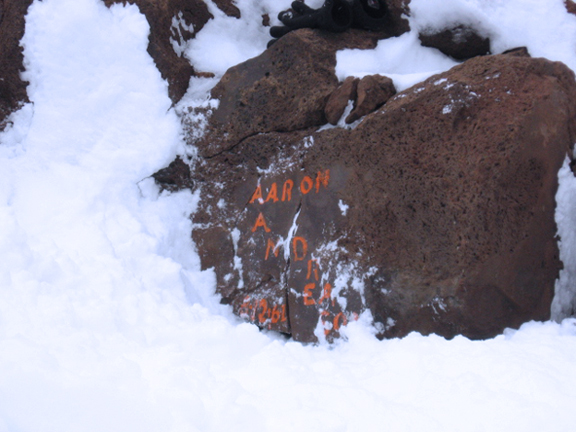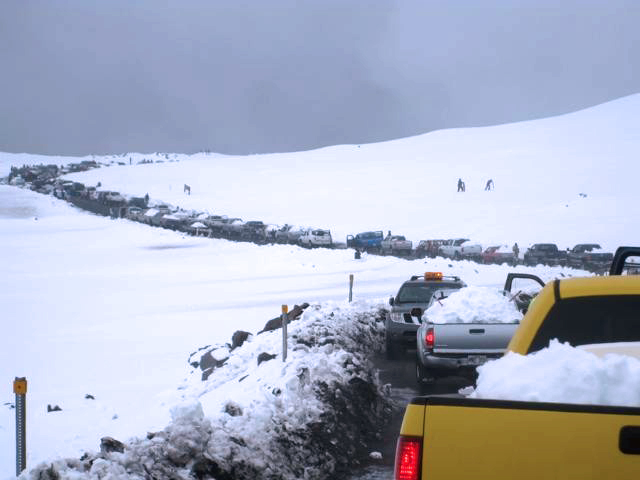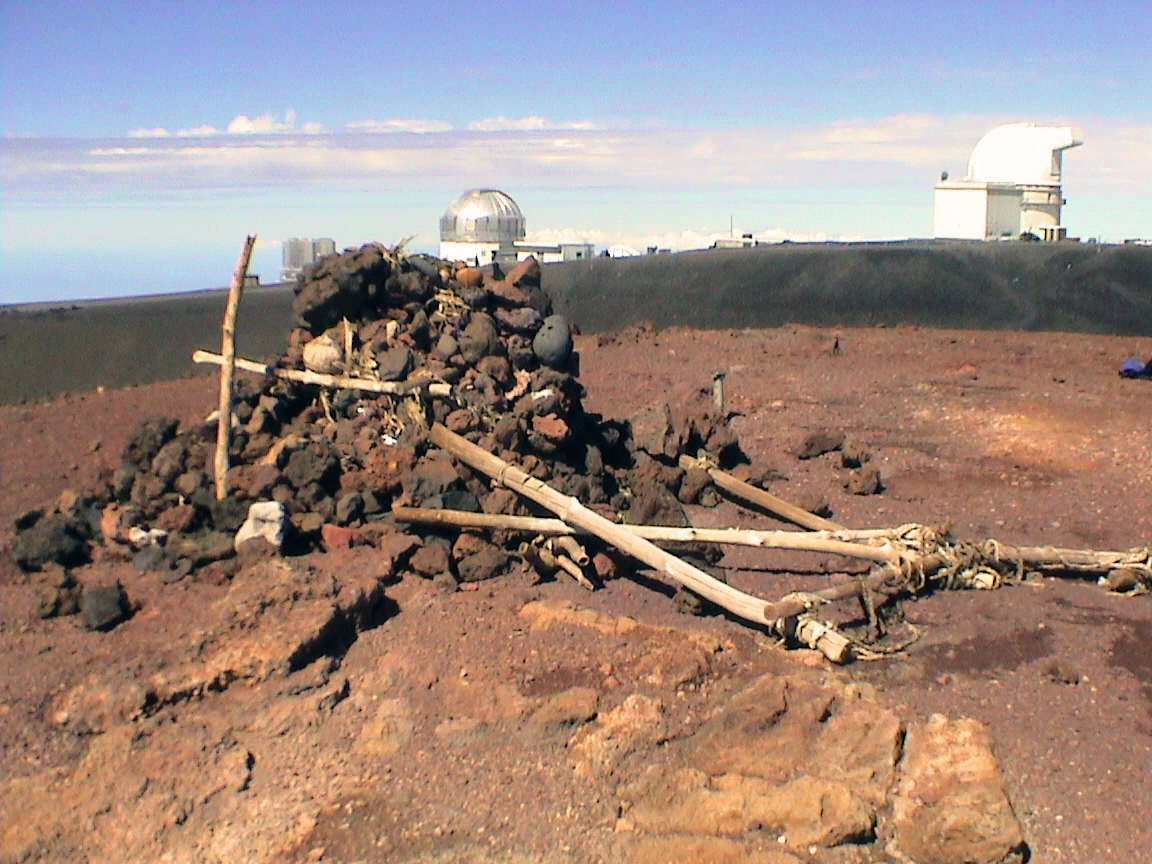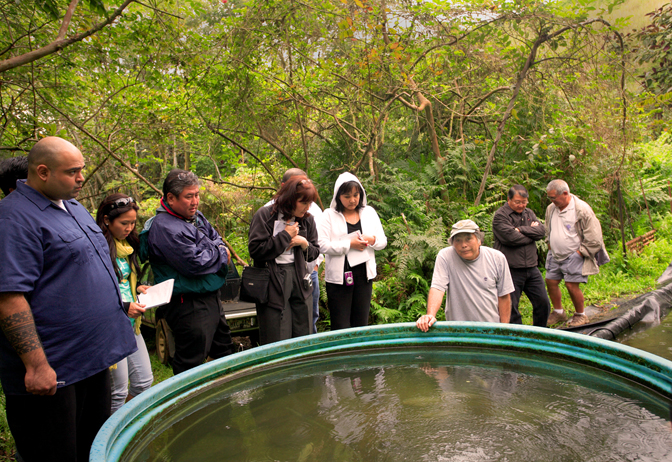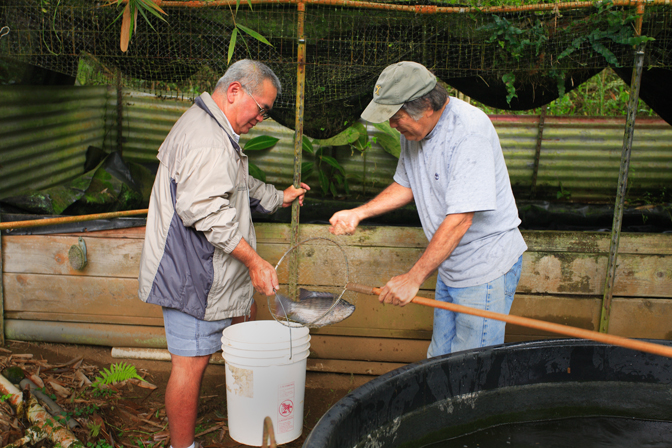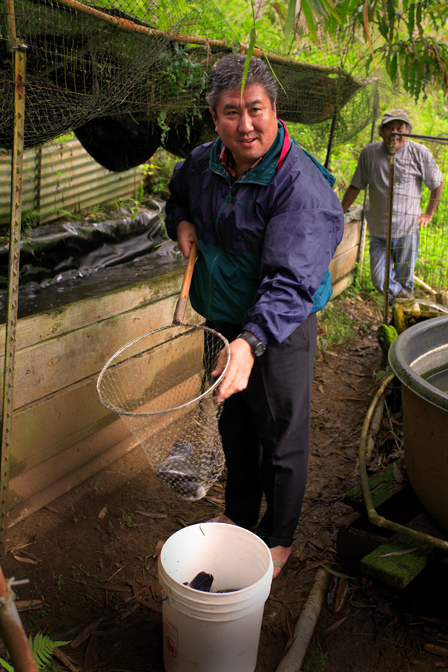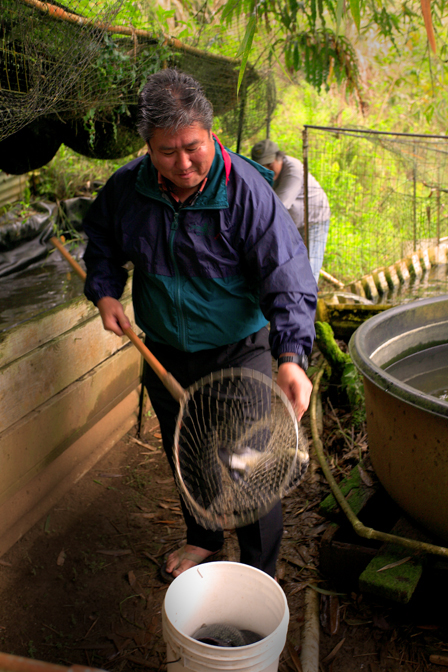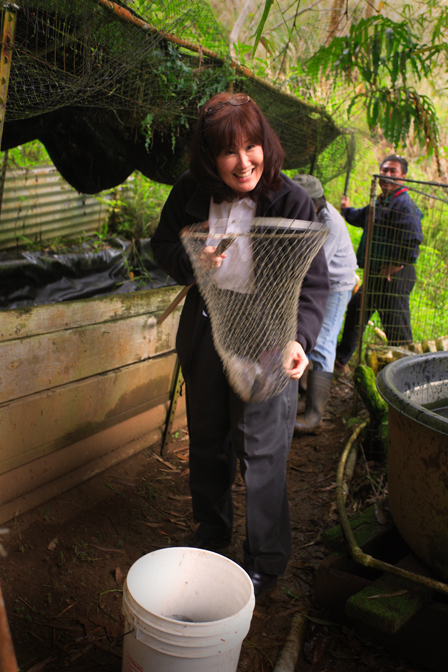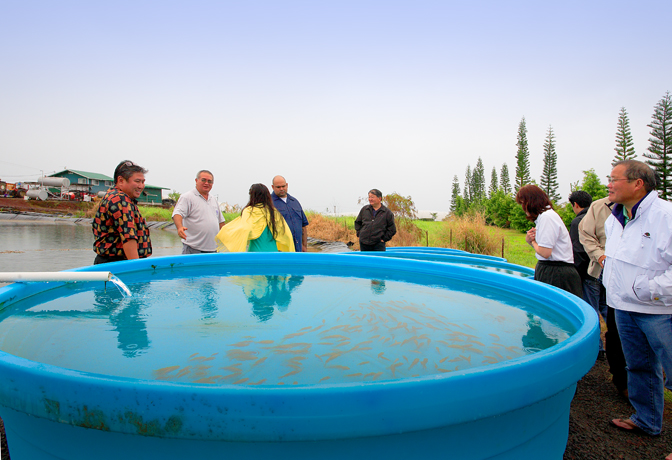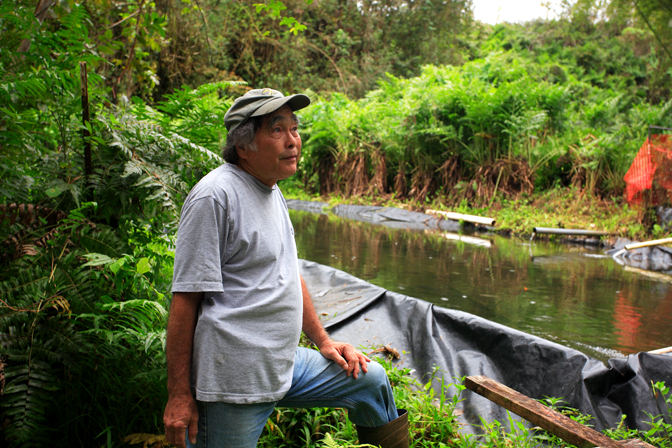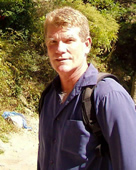On February 27th, Lehua Mark Veincent was awarded a 2009 Distinguished Alumni Award at the University of Hawai‘i at Hilo’s Distinguished Alumni and Service Awards banquet.
Known affectionately by many as “Kumu Lehua,” Lehua Mark Veincent is on the vanguard of Hawaiian language immersion education. The Hawaii Island native, with genealogical ties to Ka’u, Puna and Keaukaha, earned dual degrees at UH-Hilo – a BA in Hawaiian studies and a BBA in business in 1988, plus teacher certification in 1990.
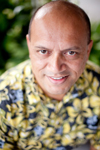
He has also earned two master’s degrees from UH Manoa, in curriculum and instruction in 1999, and in educational administration in 2002.
He has served as a teacher at Keaukaha School in Hilo, Pa‘ia Elementary School on Maui and Ke Kula o Nawahiokalaniopu‘u when it was established in 1994. He has taught kindergarten through 12th grades, and has also served as a lecturer and supervisor in the teacher education program at UH-Hilo.
For more than two decades, he has taught and coordinated the Hawaiian language, literature, and cultural classes for the DOE Community School for Adults. He served as producer, host, curriculum developer, and instructor of ITV Hawaiian Language Conversation through a partnership between Hilo Community School for Adults and Pacific Resources for Education and Learning.
In 2001, Veincent co-founded the Ke Ana La‘ahana Public Charter School, a grades 7-12 Hawaiian cultural-based school within Keaukaha School. He has served as a state resource teacher in Hawaiian studies and language, vice principal at Hilo Intermediate and Hilo High Schools, and principal of Ke Ana La‘ahana.
Veincent is currently principal of Keaukaha Elementary School, a K-6 school on Hawaiian Home Lands, which has gained recognition as one of the schools meeting annual yearly progress goals under the federal No Child Left Behind Act.
Despite the long hours required of an administrator, Veincent continues to serve as coordinator of the Keaukaha night tutorial program for grades K-12 and summer school programs for high school students of Keaukaha with Aunty Luana Kawelu of the Queen Lili‘uokalani Children’s Center, as he has for 12 years. He also continues to teach Hawaiian language in the evenings in Keaukaha and recently at the Kulani Correctional Facility.
I first met Kumu Lehua three years ago after volunteering to serve on the Thirty-Meter Telescope committee of the Hawai‘i Island Economic Development Board. When talking about Mauna Kea one automatically thinks Hawaiian culture and specifically about Keaukaha, since it is the longest-lived Hawaiian Homes project on the Big Island – more than 75 years in existence. At Keaukaha, the elementary school is the center of the community. And Kumu Lehua is the principal of Keaukaha Elementary School.
I introduced myself and explained that I wanted to know what benefits he thought might be appropriate for a project such as the TMT. I went on to suggest that we might ask for full scholarships for a few students to attend the best schools in the nation.
He asked me in a very sincere way: “What about the rest?” I could feel my ears getting warm. Indeed. What about the rest? I felt pretty stupid. I learned a lot from Kumu Lehua.
I returned to chat with Kumu Lehua many times. I started to see how personally involved he was with the students. He included the community and the culture into the fabric of school life. The school’s motto is “Got Pono?” “Do the right thing” is a basic tenet at Keaukaha School, and Kumu Lehua makes sure that everyone lives it.
About a year and a half ago, I was sitting with Kumu Lehua and his staff at ‘Imiloa Astronomy Center when a ripple went through the group. They had just heard that Keaukaha Elementary School had improved in its No Child Left Behind annual ratings. Some of the teachers were in tears. And then a year later, when the school was improved two years in a row, it made the front page of the Hilo paper as one of a mere handful of schools that had achieved special status.
Under Kumu Lehua, Keaukaha Elementary School had become a role model. UNBELIEVABLE!
Kumu Lehua is not a talker, he is a doer. I have enormous respect for him. Now that he has the kids at the elementary schools operating at such a high level, we must figure out how to keep them engaged so they can achieve their highest potential. If Keaukaha Elementary can get such good results in the public school system, maybe we can learn something from them?
I am very proud to say that I know Kumu Lehua.

